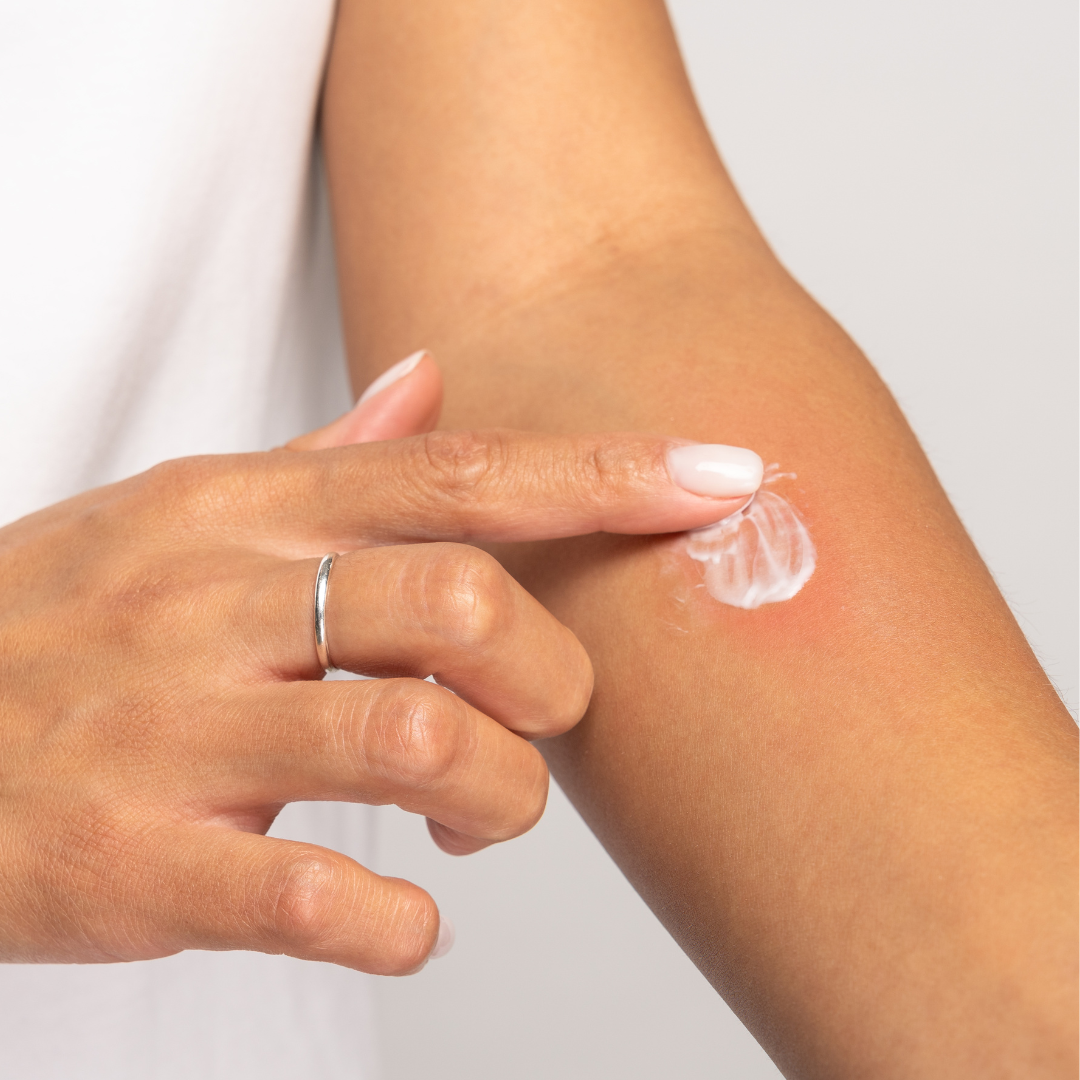As we move through the summer months, spending more time outdoors becomes a part of daily life, whether it’s picnics in the park, hikes in the countryside, or just relaxing in the garden. Unfortunately, with warmer weather and increased outdoor activity comes a greater chance of encountering insect bites and stings.
While most insect bites and stings are harmless and tend to heal quickly, they can occasionally lead to infections or trigger allergic reactions. Knowing what to look out for and how to respond can make all the difference in ensuring a swift recovery.
In today’s blog, we’ll explore some of the most common insect bites and stings in the UK- what causes them, how to identify them, how to treat them effectively, and when it’s time to seek medical advice.
The usual culprits include mosquitoes, wasps, bees, ticks, and midges. Each can cause different types of reactions, ranging from mild irritation to more serious responses, depending on the individual and the insect involved. Let's break it down!
Type of bites and what to look out for
Mosquito Bites:
What it looks like: Small, red, raised bump, often round and itchy.
Reaction: Itching, mild swelling. Some people may develop larger itchy welts.
Location: Usually on exposed skin like arms, legs, or ankles.
Avoid scratching to reduce risk of infection. Use antihistamines or bite relief creams.
Midge Bites (especially in Scotland):
What it looks like: Tiny red dots or bumps, sometimes in clusters.
Reaction: Very itchy, often appear in groups or lines.
Location: Common on arms, legs, and neck.
People can have strong reactions to midges, especially in humid or wooded areas.
Wasp or Bee Stings:
What it looks like: A red, swollen area with a white spot in the middle (where the sting went in).
Reaction: Painful and sharp at first, followed by swelling and redness.
Severe reaction (anaphylaxis): Difficulty breathing, swelling of face/lips, dizziness- this is a medical emergency.
Bee stings may leave the stinger behind- remove it gently with a card edge, not tweezers.
Horsefly Bites:
What it looks like: A large, red, raised area- sometimes with a visible bite mark or blister.
Reaction: Very painful and may swell significantly. Risk of infection if not cleaned properly.
Location: Legs and arms, often when outdoors or near livestock.
Can lead to cellulitis if not treated- keep it clean and monitor for spreading redness or heat.
Tick Bites:
What it looks like: Small red bump, often with the tick still attached.
Reaction: Can cause a rash. If infected with Lyme disease, you may develop a bullseye-shaped rash (red ring with clear centre).
Location: Groin, armpits, behind knees — anywhere warm and hidden.
If bitten by a tick, remove it ASAP with a tick removal tool or fine tweezers. Monitor for flu-like symptoms or rash.
Flea Bites:
What it looks like: Small red spots, often in clusters or lines.
Reaction: Very itchy. May form a scab or blister in sensitive individuals.
Location: Ankles, lower legs, and around the waist.
Bedbug Bites:
What it looks like: Red, itchy welts in a row or zigzag pattern.
Reaction: Itching, irritation, sometimes allergic reaction.
Location: Neck, arms, and exposed skin during sleep.
Bites appear overnight and are often in straight lines.
General Treatment Tips:
- Wash the area with soap and water.
- Use cold compresses to reduce swelling.
- Apply antihistamine cream or take oral antihistamines for itching.
- Use hydrocortisone cream if the itch is severe (short term only).
- Seek medical advice if the area becomes hot, red, and increasingly painful (signs of infection), or if symptoms worsen.
Mosquitoes & Midges: Use insect repellent containing DEET, avoid stagnant water (ponds, puddles) where mosquitoes breed.
Wasps & Bees: Avoid strong perfumes and bright floral clothing – they attract wasps and bees, stay calm if a wasp or bee is near – sudden movements make stings more likely.
Horseflies: Cover skin when around fields, farms, or countryside in summer.
Ticks: Wear long trousers tucked into socks when walking in grassy or wooded areas, check your body after outdoor activities.
Fleas & Bedbugs: Treat pets regularly with flea prevention medication, avoid bringing second-hand mattresses or furniture into the home without checking.

We hope this blog can help you get through the rest of the summer without any reactions to bits and stings! If you are looking for more summer health tips, make sure to visit our health hub!
Visit our socials for more health tips and to keep up to date with us!
Coda Pharmacy is here to support you every step of the way. From helping you with your summer health, to offering expert advice and delivering your NHS prescriptions free of charge. If you have any questions about what you have read in this article or any of the services that Coda Pharmacy can provide you with, please do not hesitate to reach out and contact us here.

